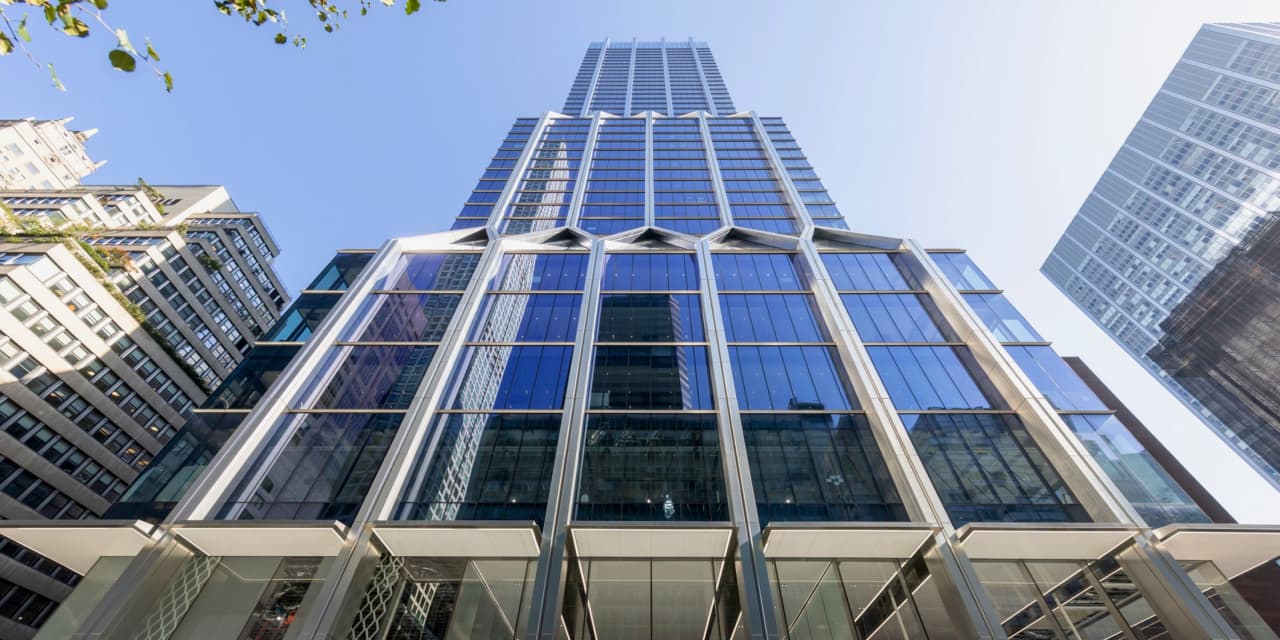Commercial real estate may remain troubled in 2024, but look for a rebound in 2025, says longtime investor Sonny Kalsi.
Worries about commercial real estate intensified this past week in the wake of
New York Community Bancorp’s
half-billion dollar reserve charge for losses on its real estate loans. Kalsi, who oversees some $80 billion in private funds invested in commercial real estate around the world at BGO, has seen it all before and he isn’t pushing the panic button.
The 56-year-old investor discerns opportunities in the painful dislocations now making the headlines. Some gains may come in the most troubled sector—office buildings, he says.
Now BGO’s co-CEO, Kalsi launched the advisory firm in 2010 with a couple of other veterans of
Morgan Stanley’s
real estate investment units. A 2019 merger gave majority ownership in BGO to Canadian insurer
Sun Life Financial.
BGO has its hands in many properties, from data centers and cold storage, to apartments and offices. It owns a piece of the new Manhattan office tower at 425 Park Avenue, housing trophy tenants like the hedge fund giant Citadel.
Bank of America
just leased half-a-million square feet in its Newport Tower, across the Hudson River.
Individual investors may be more familiar with publicly traded real estate investment trusts, known as REITs. But most capital for commercial real estate comes from private entities like BGO, which in turn are funded by insurers, pensions, endowments, and the wealthy. Compared with REITs, private funds can use more leverage, make riskier bets, and pivot faster to seize emerging opportunity.
The troubled office market will eventually get out of the penalty box, Kalsi says. Some 20% to 25% of overall office demand is gone, Kalsi admits, as people work from home. “I don’t think we’ve hit the bottom yet for office,” he says, “but we’re 70% there.”
While the bottom quartile of office buildings—old and unrenovated—is dead, he says that the high-end buildings in the market’s top quartile—like 425 Park Avenue—are full and charging high rents.
“The money is going to be made in that middle 50% of office assets,” says Kalsi. “Everybody thinks that’s lost, but they’re not. That’s where people are going to be buying.”
BGO is also investing actively in offices in Asia, where Kalsi says there is no work-from-home problem.
Multifamily dwellings, or apartments, have been widely viewed as a haven in U.S. real estate. But with 18,000 units in BGO’s ownership, Kalsi can reliably say that rents are going down in some markets like the Sunbelt, where aggressive bank lending led to too much new construction and oversupply.
“If you look at where people are expecting short-term stress will be,” he says, “No. 1 is in office, but No. 2 is actually in multifamily.”
The sector that BGO feels best about is industrial property and data centers. For several years it has been building cold-storage facilities. Warehouse properties used to be good for 20 years, says Kalsi, but needs for automation and electric power are making them functionally-obsolete after 10 years.
With banks unwilling to grow their commercial real estate loans, there has been an opportunity for private-credit suppliers like BGO to make equity-like returns on lending. That won’t last, says Kalsi. Property owners can’t long afford the lofty rates being charged, and the supply of private credit is small compared with banks’ usual capacities.
He thinks banks will return to real estate lending when the Federal Reserve finally starts trimming interest rates, later this year. Bid/ask spreads on properties are beginning to narrow enough to allow transactions to resume.
“I think 2025 is when we’re going to get the gears moving again,” says Kalsi.
Corrections & Amplifications
BGO owns 18,000 housing units. An earlier version of this article incorrectly said it owns 80,000.
Write to Bill Alpert at [email protected]
Read the full article here




